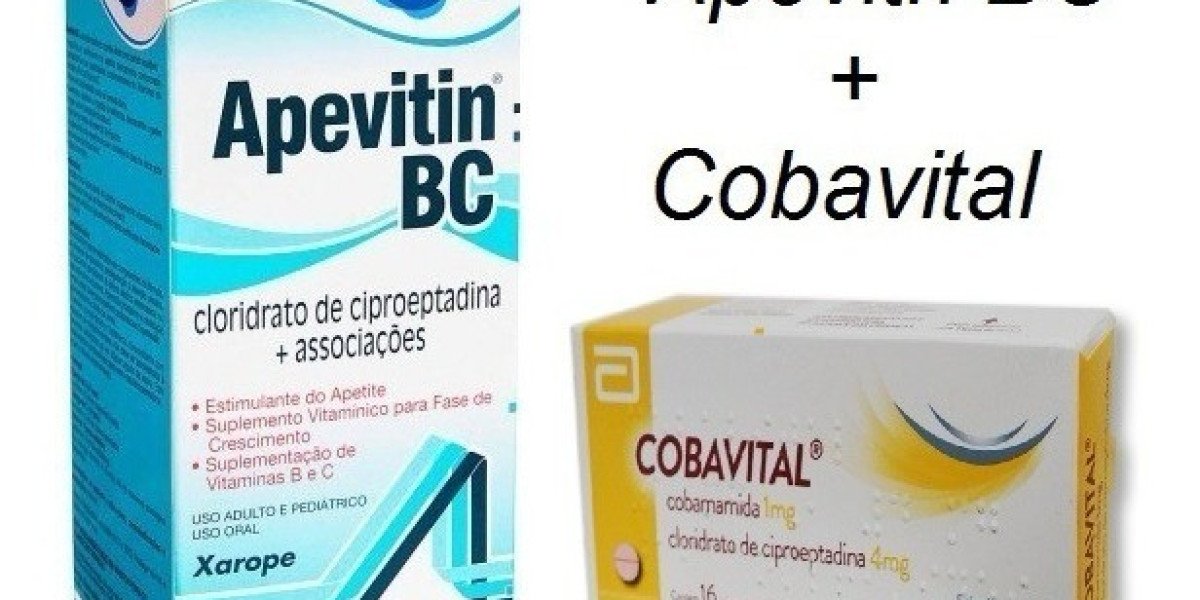Where brands compete for attention across various platforms, Consistency in Graphic Design plays a vital role in establishing identity and fostering trust. Design consistency is more than just aesthetic alignment—it's about creating an experience that resonates with your audience, strengthens your brand, and communicates your message effectively.
For organizations like Proteus Technologies, achieving consistency in graphic design is not just a goal; it is a fundamental necessity to ensure that their identity remains cohesive across digital and physical channels.
In this article, we'll explore actionable strategies to achieve design consistency, focusing on its importance and practical implementation.
What is Consistency in Graphic Design?
Consistency in graphic design refers to the harmonious use of visual elements such as colors, typography, layouts, and imagery across all branding materials. It ensures that all design elements work together to create a unified identity.
A consistent design:
- Strengthens brand recognition
- Builds trust and credibility
- Enhances user experience
- Reduces confusion in communication
Why is Design Consistency Crucial for Brands Like Proteus Technologies?
For leading technology-driven companies like Proteus Technologies, a consistent design approach ensures that their innovative solutions are presented in a cohesive and professional manner. Whether it's their website, mobile apps, or marketing campaigns, a lack of consistency can dilute their brand impact.
Design consistency aligns the following:
- Brand Identity: A unified style helps customers instantly recognize the brand.
- Customer Experience: Familiarity with design elements creates comfort and trust.
- Message Clarity: Ensures that messages are communicated without visual distractions.
- Efficient Marketing: Streamlined design processes reduce resource wastage.
Strategies to Achieve Consistency in Graphic Design
1. Establish a Comprehensive Brand Guide
A brand guide is a foundational tool for design consistency. It outlines the brand's design elements and provides rules for their use. Essential components of a brand guide include:
- Color Palette: Define primary, secondary, and accent colors.
- Typography: Specify fonts for headers, subheaders, and body text.
- Imagery Guidelines: Indicate styles and types of visuals that align with the brand.
- Logo Usage: Provide clear instructions for logo placement, size, and variations.
For instance, Proteus Technologies could ensure that their technological edge is reflected in their branding through sleek and modern typography paired with a clean and vibrant color scheme.
2. Leverage Templates and Design Systems
Templates and design systems streamline the creation of assets while maintaining uniformity. Tools like Figma or Adobe XD allow brands to create reusable components that ensure consistency.
Benefits:
- Saves time by avoiding the need to recreate designs from scratch.
- Ensures adherence to the brand guide.
- Promotes collaboration by providing clear frameworks for team members.
3. Adopt a Centralized Design Process
In large organizations, decentralization often leads to inconsistent designs. Centralizing the design process can mitigate this by:
- Assigning a dedicated design team.
- Using shared tools and resources.
- Implementing approval workflows to ensure compliance with brand standards.
4. Train and Align Your Team
Every member of the organization should understand the importance of consistency in graphic design. Training sessions and workshops can help align employees with the brand’s vision and design standards.
5. Perform Regular Audits
Consistent design requires periodic evaluation. Regular audits ensure that all marketing materials, websites, and communication channels align with the brand guide.
Key Areas to Audit:
- Digital presence (websites, apps, social media)
- Print materials (brochures, business cards)
- Internal communication templates
6. Stay Adaptable Yet True to the Brand
While maintaining consistency is crucial, brands like Proteus Technologies must also stay innovative. Adapt the design to new trends and technologies while retaining core brand elements.
Example:
If Proteus Technologies launches a new AI-driven solution, the marketing materials could include futuristic visuals while maintaining their established color palette and typography.
Challenges in Achieving Design Consistency
- Diverse Platforms: Adapting designs for websites, apps, and social media can lead to inconsistencies.
- Team Collaboration: Miscommunication among team members can result in design deviations.
- Frequent Changes: Updating designs too frequently can confuse the audience.
Overcoming These Challenges
- Use tools like Trello or Asana for collaboration.
- Stick to core elements during updates.
- Conduct regular reviews to ensure compliance.
Case Study: Proteus Technologies
As a tech innovator, Proteus Technologies needed a robust design strategy to ensure their brand stood out in a competitive market. Here's how they achieved design consistency:
- Developed a detailed brand guide highlighting their sleek and futuristic aesthetic.
- Introduced templates for internal and external communications.
- Centralized their design process to align teams across different regions.
- Conducted regular training sessions to maintain a unified vision.
The result? Enhanced brand recognition and a stronger connection with their audience.
Conclusion
From chaos to clarity, achieving consistency in graphic design is a transformative journey. For brands like Proteus Technologies, consistent design ensures that their identity remains strong, their message is clear, and their audience stays engaged. By establishing clear guidelines, leveraging technology, and fostering collaboration, brands can create designs that resonate with their audience and stand the test of time.
FAQs About Consistency in Graphic Design
1. Why is consistency important in graphic design?
Consistency builds trust, reinforces brand identity, and enhances the user experience by creating familiarity and reducing confusion.
2. What are the key elements of design consistency?
Key elements include a defined color palette, typography, logo usage, and imagery guidelines.
3. How can a brand achieve consistency in design?
Brands can achieve consistency by creating a brand guide, using templates, centralizing their design process, and conducting regular audits.
4. What tools can help maintain design consistency?
Tools like Figma, Adobe Creative Cloud, Canva, and design systems streamline processes and ensure adherence to standards.
5. How often should design guidelines be updated?
Update guidelines as needed to incorporate new trends or brand changes while ensuring they remain aligned with the core identity.
6. How can small businesses achieve design consistency with limited resources?
Small businesses can focus on simple branding elements, leverage free tools like Canva, and prioritize quality over quantity.









